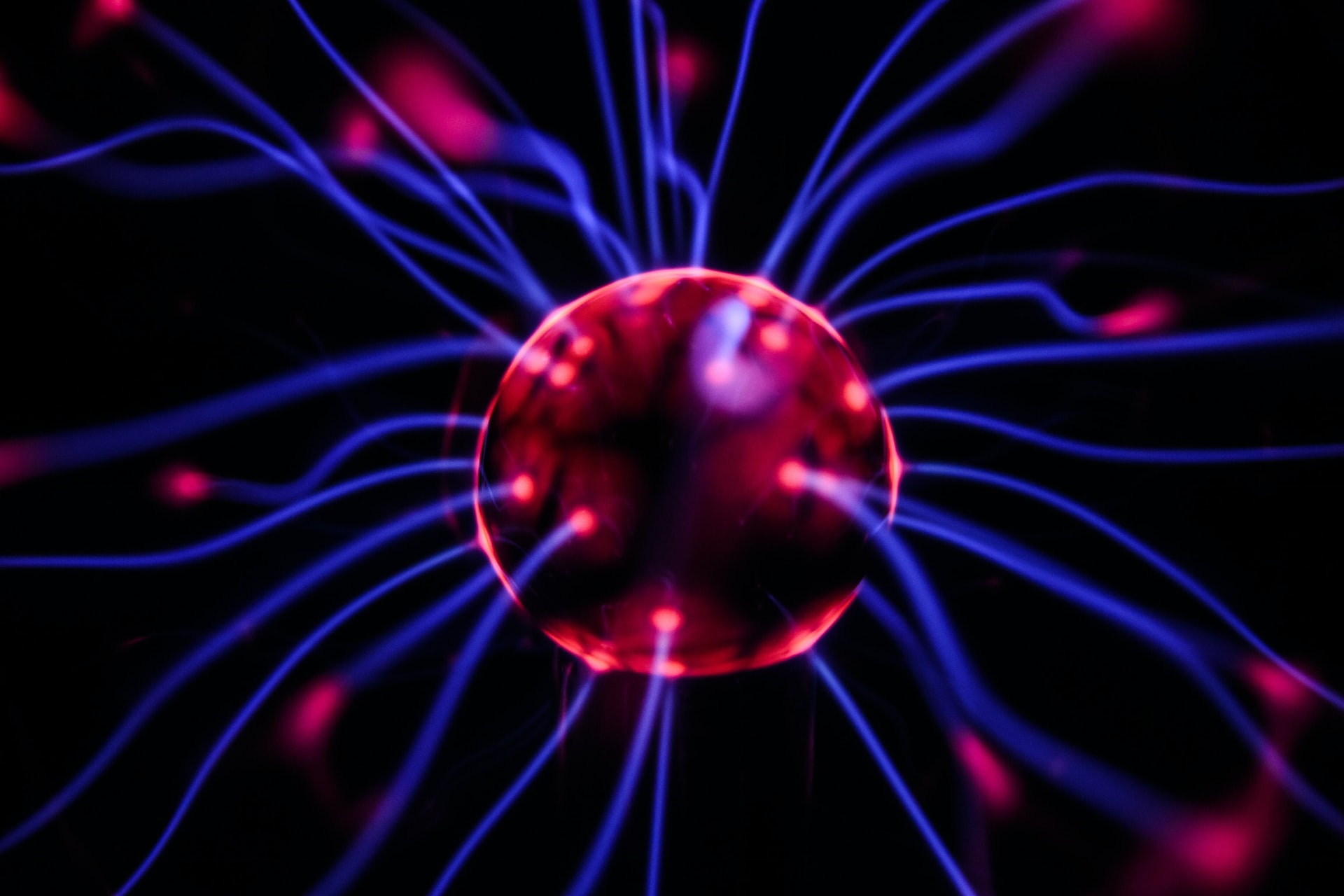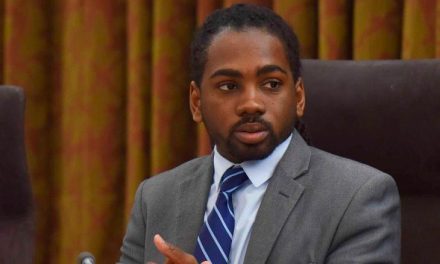As we’ve previously reported, the cause of the “sonic attacks” experienced by US government personnel in Havana, Cuba, starting in late 2016 remains a mystery. But a just-published study suggests the events may have changed people’s brains.
In the study, a total of 40 patients – 23 men and 17 women – received MRI brain scans between August 2017 and June 1018. The scans showed fluctuations in brain structure and functional connectivity (which measures relationships among different brain regions) when compared with 48 different adults. Study author Ragini Verama, professor of radiology and neurosurgery at University of Pennsylvania’s Perelman School of Medicine said:
“There were group differences all over the brain. Especially in an area called the cerebellum, which is also implicated in the kind of clinical symptoms that most of these patients were demonstrating, which is balance, eye movement, dizziness, etcetera.”
RELATED STORY:
The study also observed differences in connectivity in the brain’s auditory and visuospatial areas, with no clear picture of a specific disorder. The authors are uncertain of the clinical importance of these differences because they did not have earlier MRIs of the patients brains before the incidents to make a comparison. Verma added:
“It certainly does not resemble the imaging presentation of traumatic brain injury or concussion, although they present with clinical symptoms which are concussion-like. It says something happened, and we need to look further, and that’s about it.”
Dr. Jamshid Ghajar, director of the Stanford Concussion and Brain Performance Center, who was not involved with the study, commented:
…it was “remarkable” that researchers found differences between the brains of healthy controls and those involved in the Cuba incident, especially given “the differences within the population itself in terms of their symptoms and what kind of complaints they had.”
“I think the jury’s out on what caused it, but certainly these patients are complaining of symptoms and they’ve had measured impairments. So something’s going on, and I think it needs to be further investigated.”
RELATED STORY:
Many American personnel in Havana reported hearing “intensely loud” sounds coming from a definite direction. They described the sounds as “buzzing,” “grinding metal,” “piercing squeals” and “humming,” according to another study published by many of the same authors last year. According to CNN:
The study reported one patient hearing two 10-second pulses, while other patients said they could hear the sound for more than 30 minutes.
“The sounds were often associated with pressure-like or vibratory sensory stimuli. The sensory stimuli were likened to air ‘baffling’ inside a moving car with the windows partially rolled down.”
The earlier study, which noted that audible sound “is not known to cause persistent injury to the central nervous system,” indicates that the noise itself is not likely to have directly caused the symptoms. Douglas Smith, the director of the University of Pennsylvania’s Center for Brain Injury and Repair, and an author on both studies, previously told CNN:
“We actually don’t think it was the audible sound that was the problem. We think the audible sound was a consequence of the exposure.”
Jürgen Altmann, a physics professor at Technischen Universität Dortmund in Berlin, also previously told CNN:
“I know of no acoustic effect that would produce concussion-like symptoms; according to my research, strong effects on humans require loudness levels that would be perceived as very loud noise while exposed.”
State Department and federal investigators have also testified that they were not able to determine the cause or the source of the ailments in Havana, saying only that they “were most likely related to trauma from a non-natural source.”
Dr. Randel Swanson is another author on both studies and a specialist in brain injury rehabilitation at the University of Pennsylvania. He previously wrote in the medical journal JAMA:
“If you took any one of these patients and put them into a brain injury clinic and you didn’t know their background, you would think that they had a traumatic brain injury from being in a car accident or a blast in the military.”
RELATED STORY:
Swanson and his colleagues examined the patients and discovered a wide range of symptoms including disorientation, vertigo, sharp ear pain, headaches, ringing in one ear, attention issues and signs consistent with mild traumatic brain injury or concussion. A majority of the patients also reported problems with hearing, memory, eyesight, concentration or headaches that persisted for longer than three months. Swanson wrote:
“It’s like a concussion without a concussion.”
Many reported irritability and nervousness, and feeling “mentally foggy” or “slowed” for months. Two patients met the criteria for post-traumatic stress disorder. A decline in job performance was also noticed. Three people eventually needed hearing aids for moderate to severe hearing loss, and others had ringing or pressure in their ears. More than half needed to be prescribed medication in order to sleep or to deal with headaches. Many were, at least for a period of time, unable to return to work.
Some of the patients’ symptoms are usually observed in a concussion, such as pain and ringing in only one ear. However, concussion patients often make a full and quick recovery, but these patients experienced symptoms for months.
Cuban officials have said their symptoms could have been caused by other factors, and have firmly denied that there were any targeted attacks on diplomats in Havana.
Meanwhile, more than a dozen Canadian diplomats experienced similar symptoms while stationed in Cuba. They are suing their government for millions.
Similar cases have been noted in China. The US State Department expanded a health alert there following a series of apparent acoustic incidents that left diplomatic personnel suffering ailments comparable to those in Cuba.












